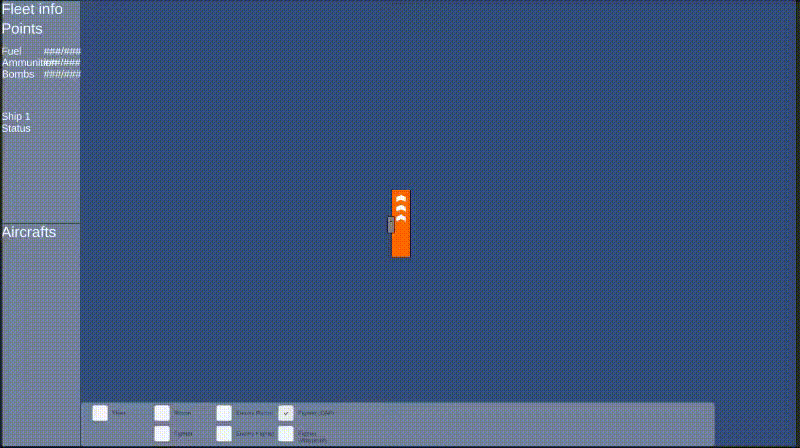Hello, people of itch.io. Soon, i want to make a 2D dogfighting simulator game (3D gonna be hard for an amateur like me ) since i love watching small units fight it out and have done a couple of small land based simulation games beforehand (for fun). However, im having a hard time finding info since there's literally no videos or articles on coding dogfighting in games (unless im blind) other than real life physics studies on WW2 planes.
Long story short, i need some guiding ideas and concepts to aid my journey in thinking of how to code this project. Do link articles or code if you can find them. Much appreciated.


